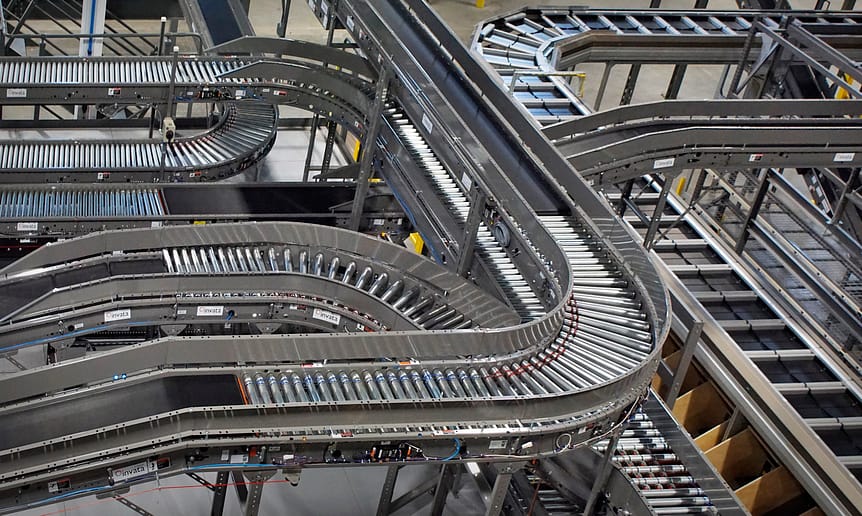When it comes to warehouse automation, do you favor new technology or “proven” technology for your operation?
Understandably, a lot of people lean toward “proven” technology as emerging technology is by nature unproven.
Making the leap to robotics technology in a fulfillment or distribution operation, for example, raises all sorts of legitimate concerns like:
- Will early adopters be saddled with outdated systems as the technology evolves?
- Will the current providers still be in business after the market consolidates?
- Will multi-robotic systems require multiple layers of disparate software to work and will that diminish promised efficiency gains?
Truth is, no matter how promising a new technology may be, for many the inherent risk to embracing it will carry with it a stigma that keeps them from adopting it.
Until it’s “proven,” that is.
So for many the answer will be a simple one: When new technology becomes “proven” technology then it will be acceptable.
But there is a problem with that logic. It takes years for a new technology to be proven. And given the pace of change in technology, choosing the “proven” solution will put the adopter years behind on the innovation curve — and keep them there as long as they embrace that logic.
In fact, by the time a new technology is truly a “proven” technology, it is synonymous with the status quo, which means those who favor “proven” technology essentially favor embracing the status quo — a position that has forced hundreds of businesses into bankruptcy over the past decade, while technology marches on.
Damned if you do. Damned if you don’t. Right?
Not quite.
It’s true that choosing new technologies is risky because they’re unproven.
And it’s equally true that limiting your supply chain to “proven” technology is risky because it allows the competition to move years ahead in its pursuit of efficiency.
But the choice between them need not be black and white.
A Blended, Iterative Approach
At MSI Automate, we believe that the way to bridge the gap between the two extremes created by favoring either new or “proven” technology is to blend the technologies in ways that capitalize on the strengths each technology brings to the table.
Not only does this mitigate the associated risks of emerging and “proven” technologies, it embraces the proven production efficiencies of all the available technologies in the market and integrates them into solutions that best fit each client’s unique production requirements.
Through an iterative process of solution development and computer simulation modeling, we test the variations and combinations of new and “proven” technologies which best tackle each client’s challenges and then prove them out and financially justify them as part of our automation process.
Innovations in automation technology have and will continue to spur new and more efficient approaches to warehousing, fulfillment, and distribution processes. Companies that find the right balance between extremes will be the ones that turn their process into a technological edge.
If you’re considering enhancing your technological edge, let us know what you want to accomplish, and we’ll show you how you can.
Walter High is VP Marketing at MSI Automate, where he has worked since 2012.

